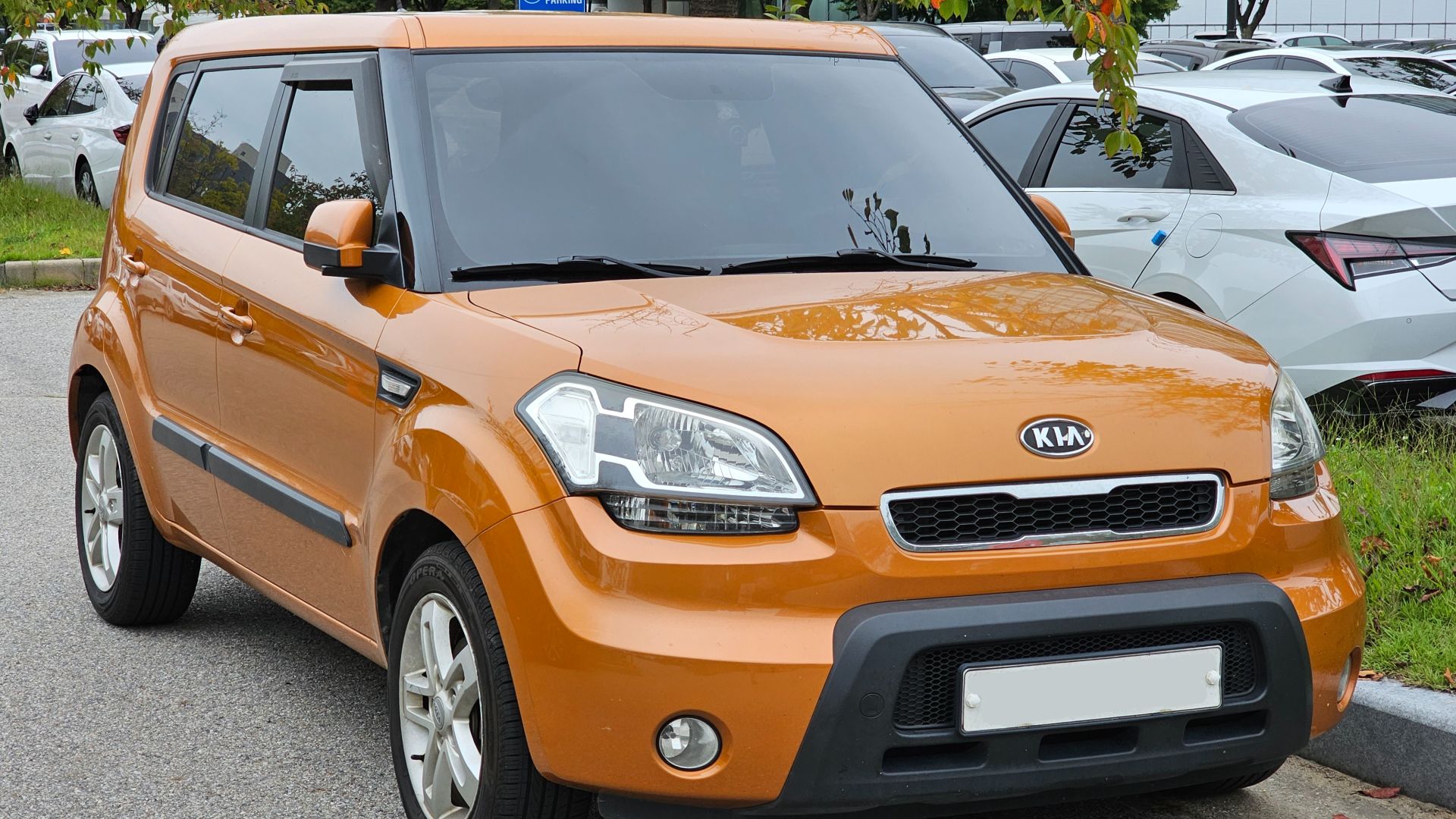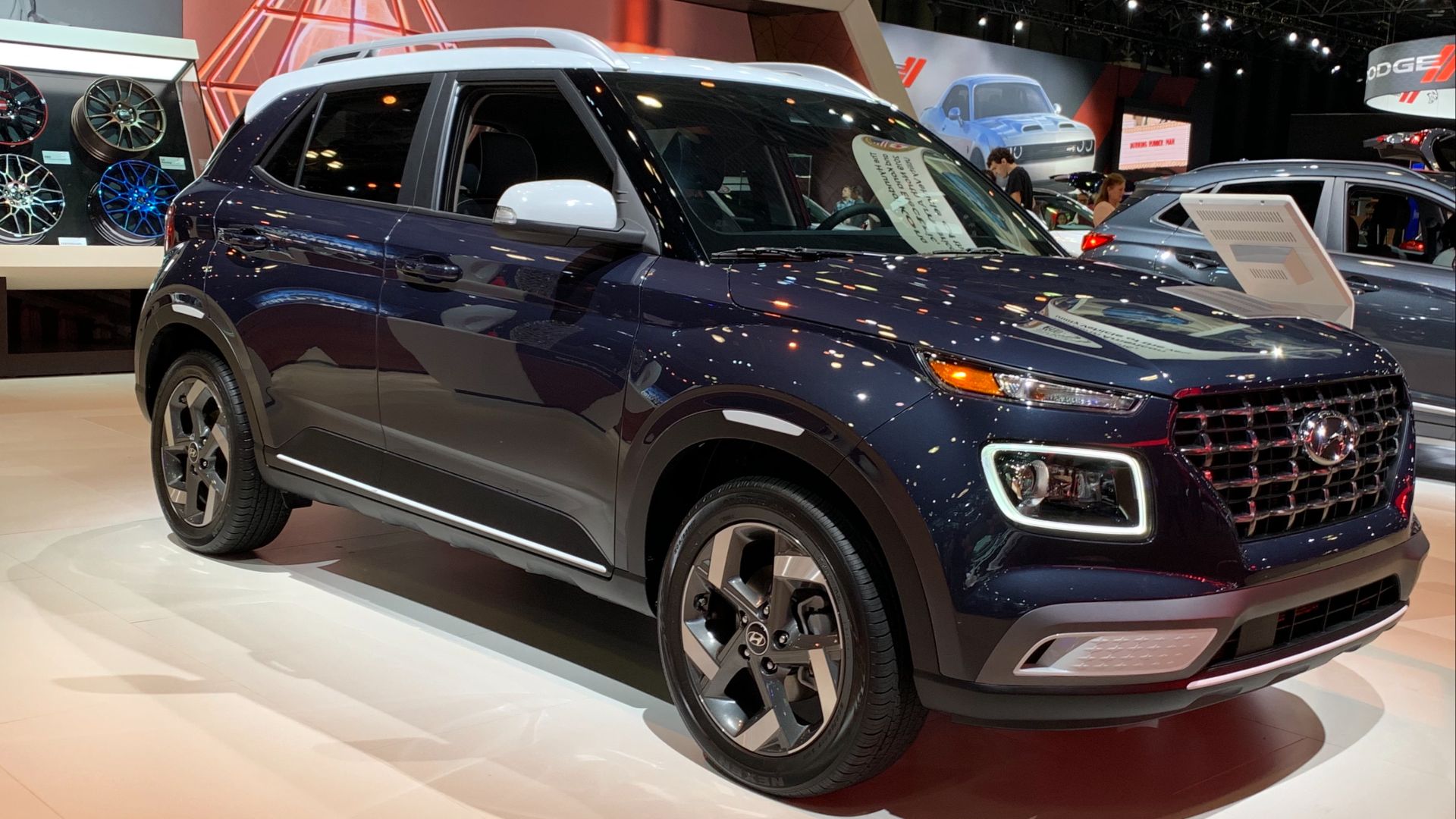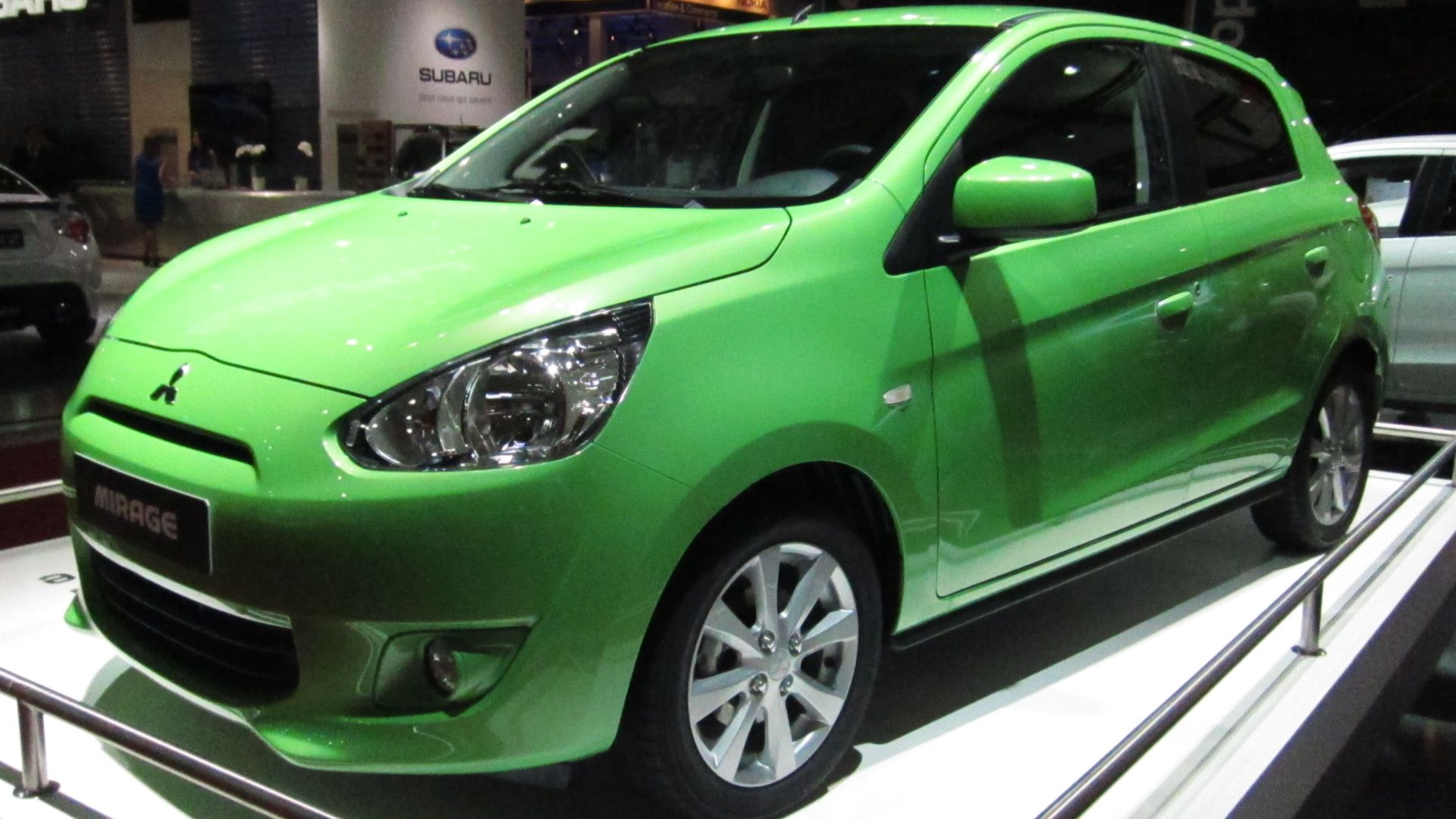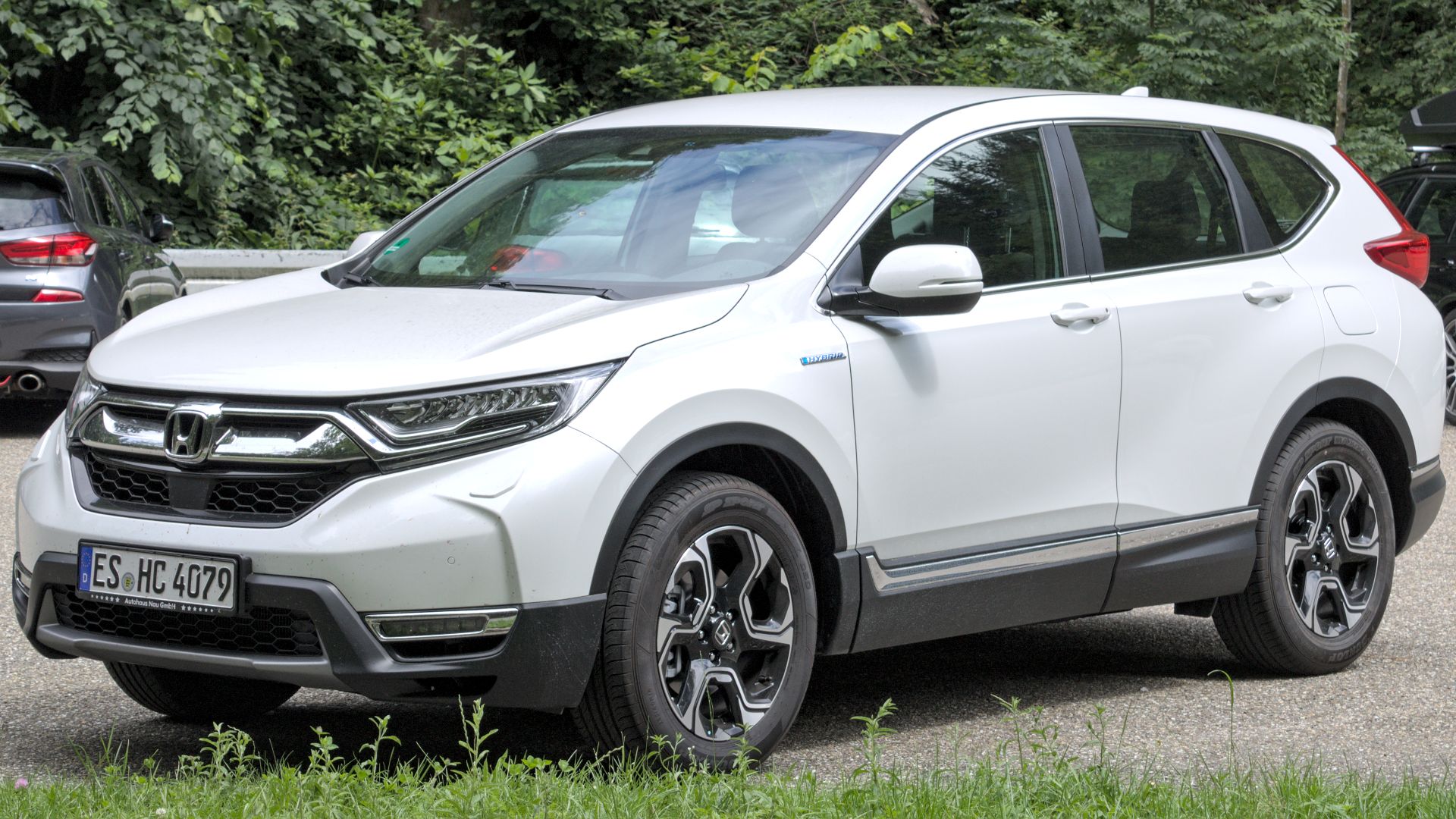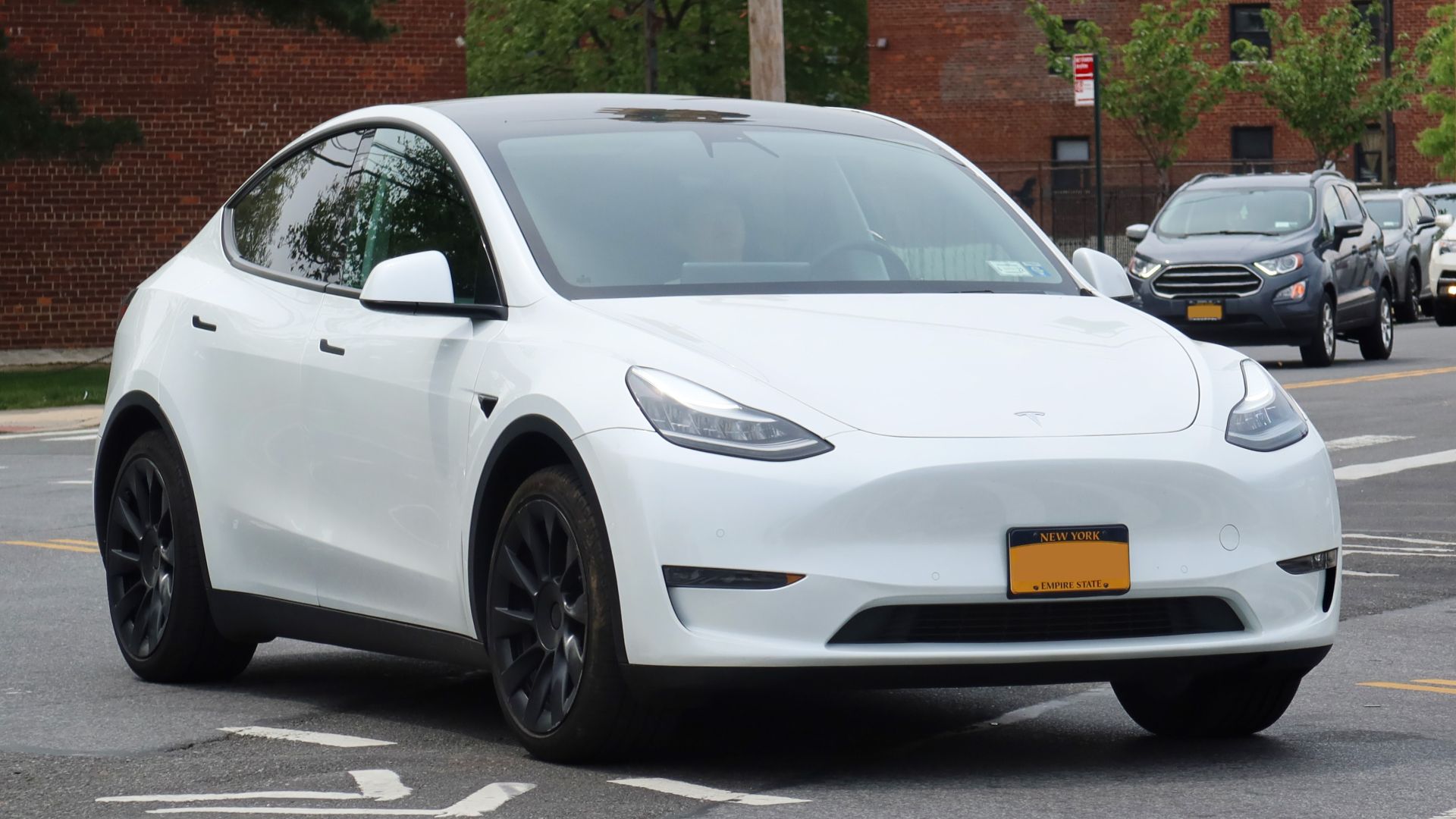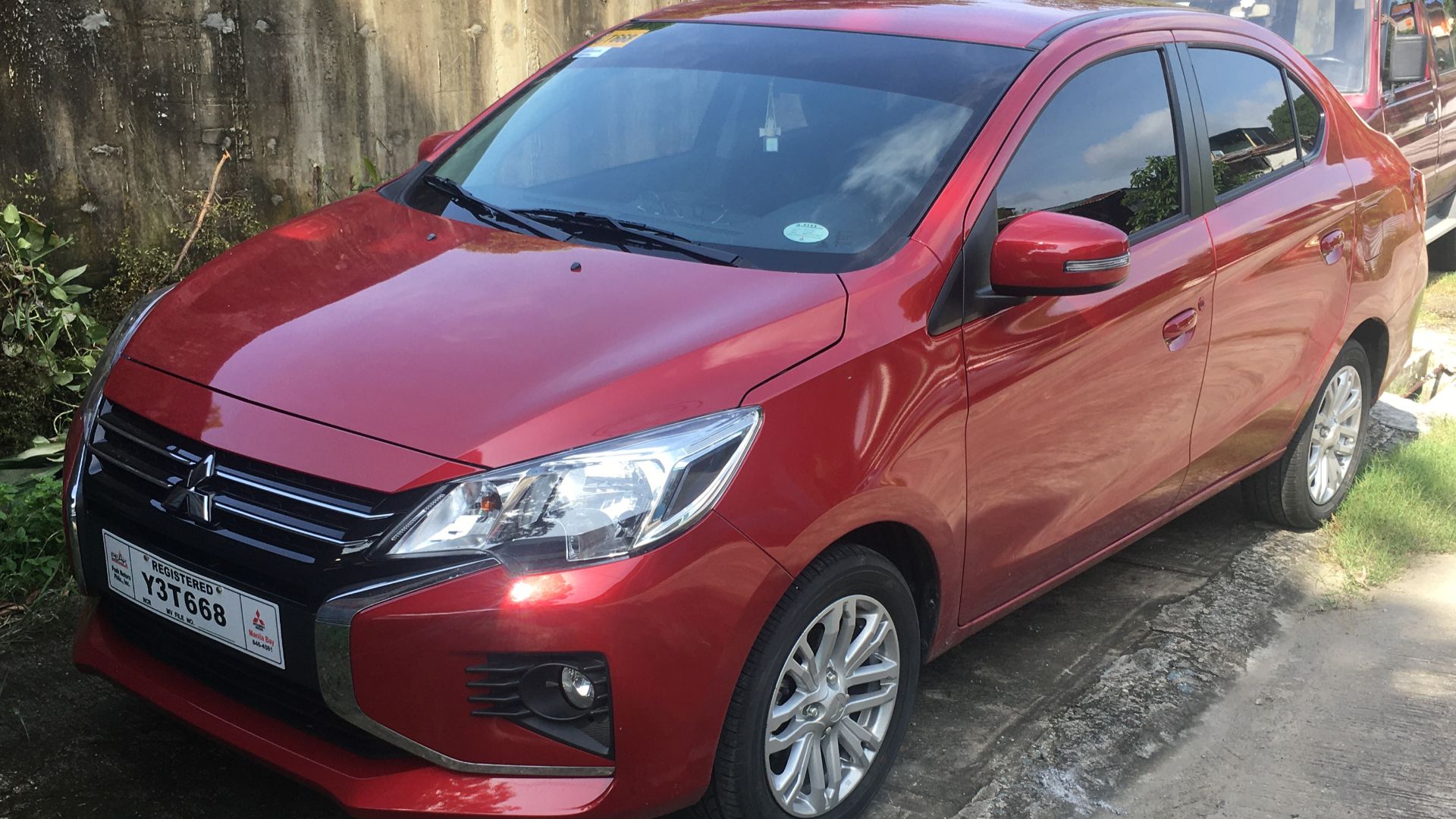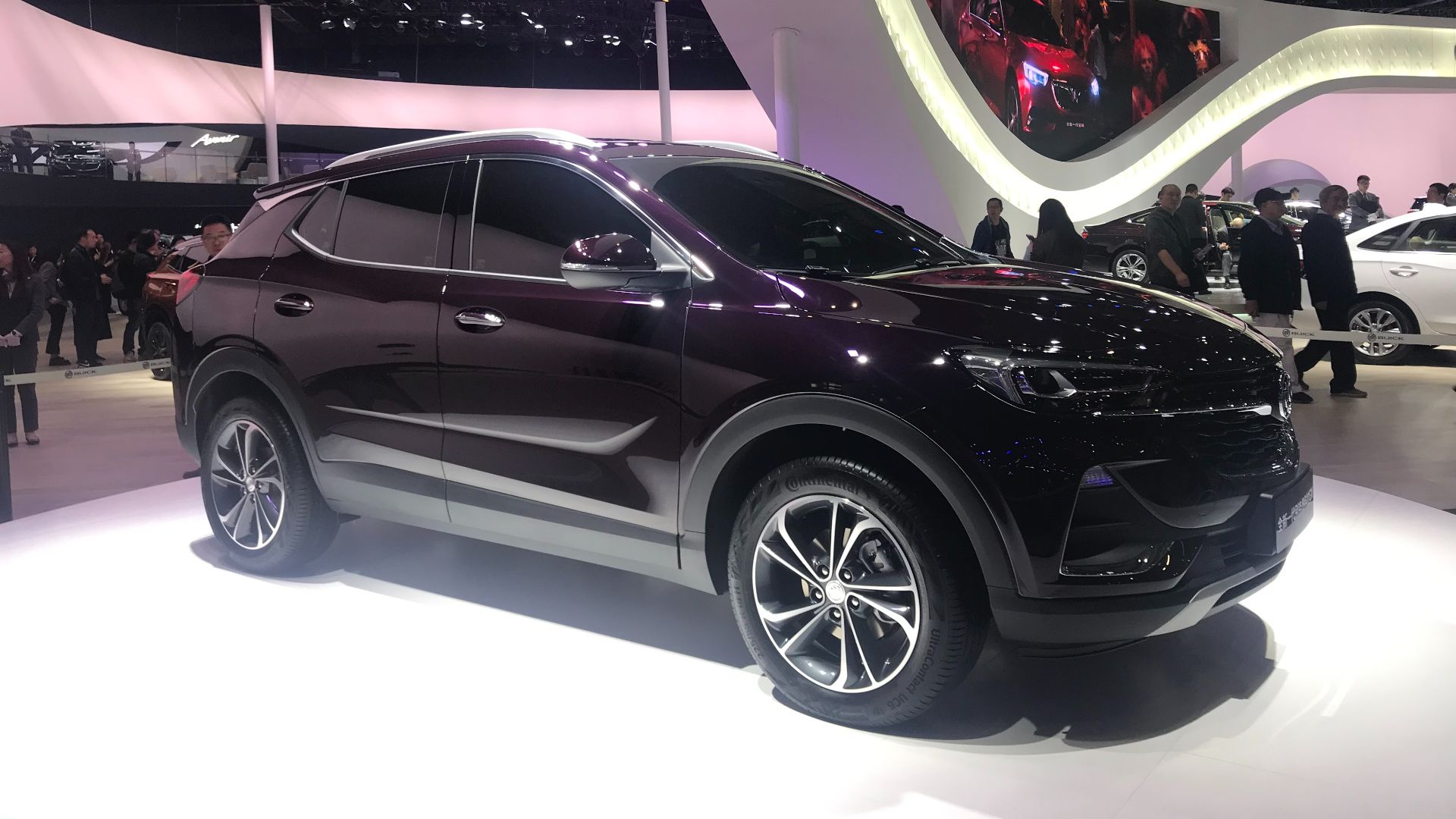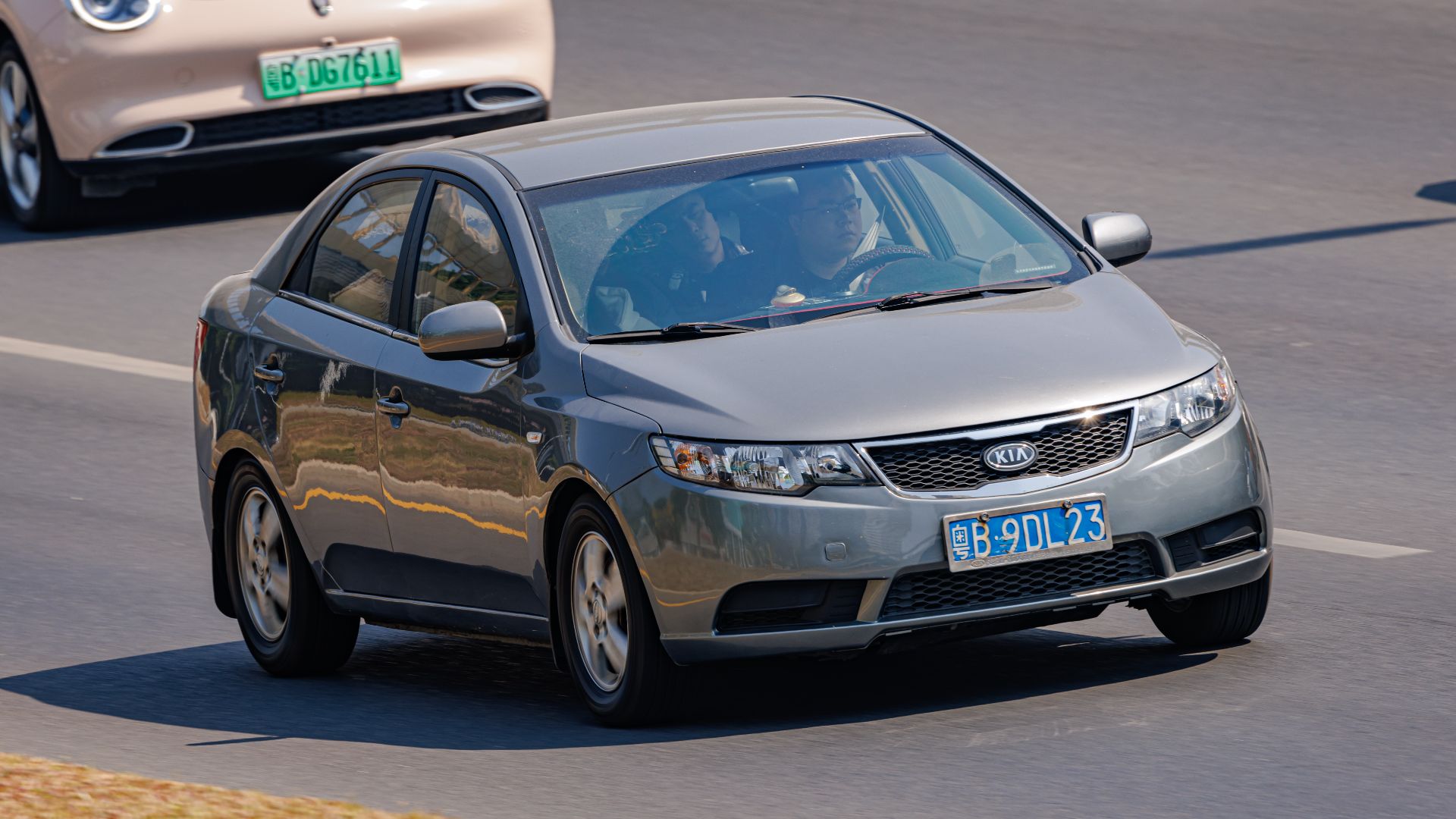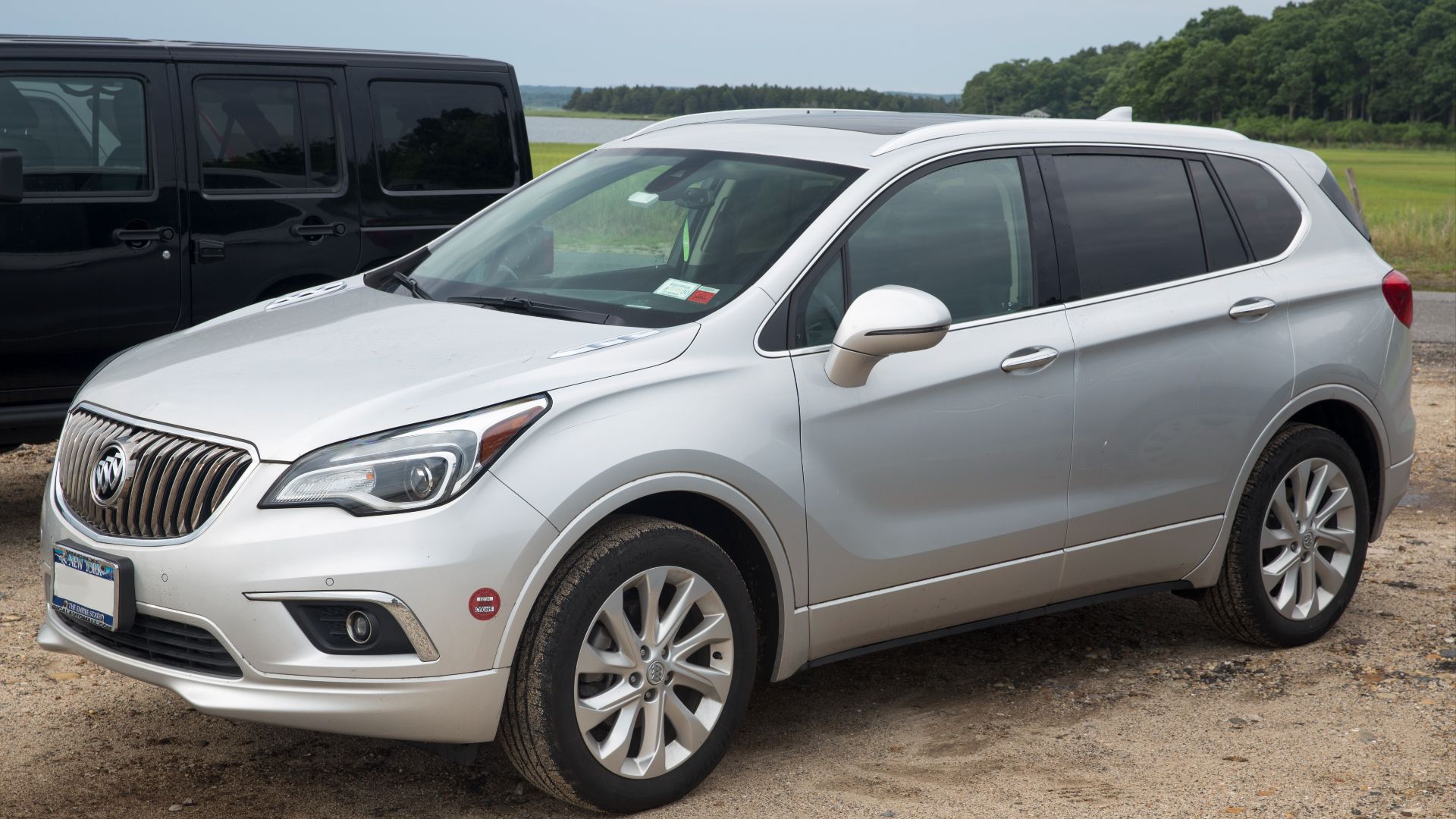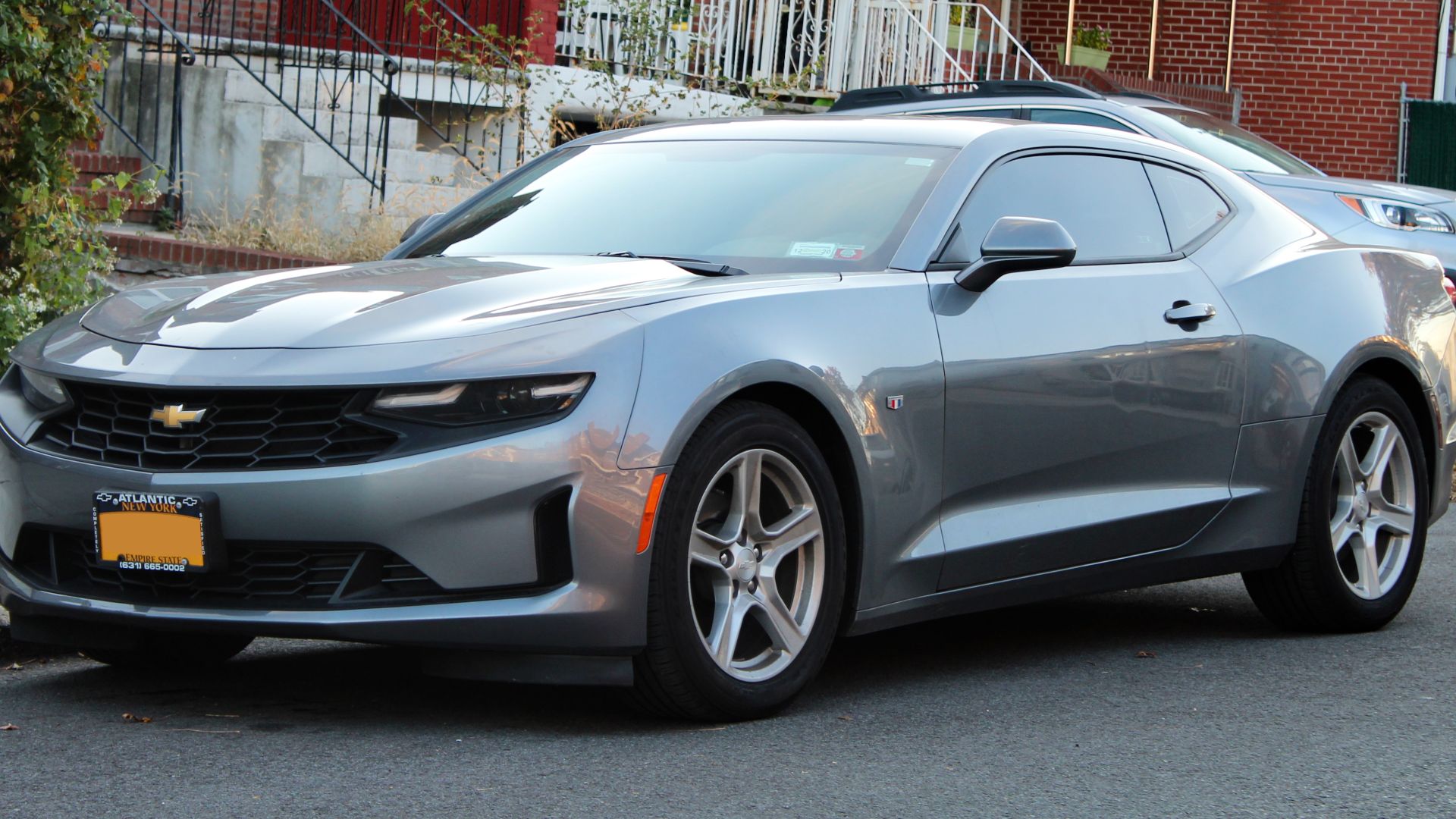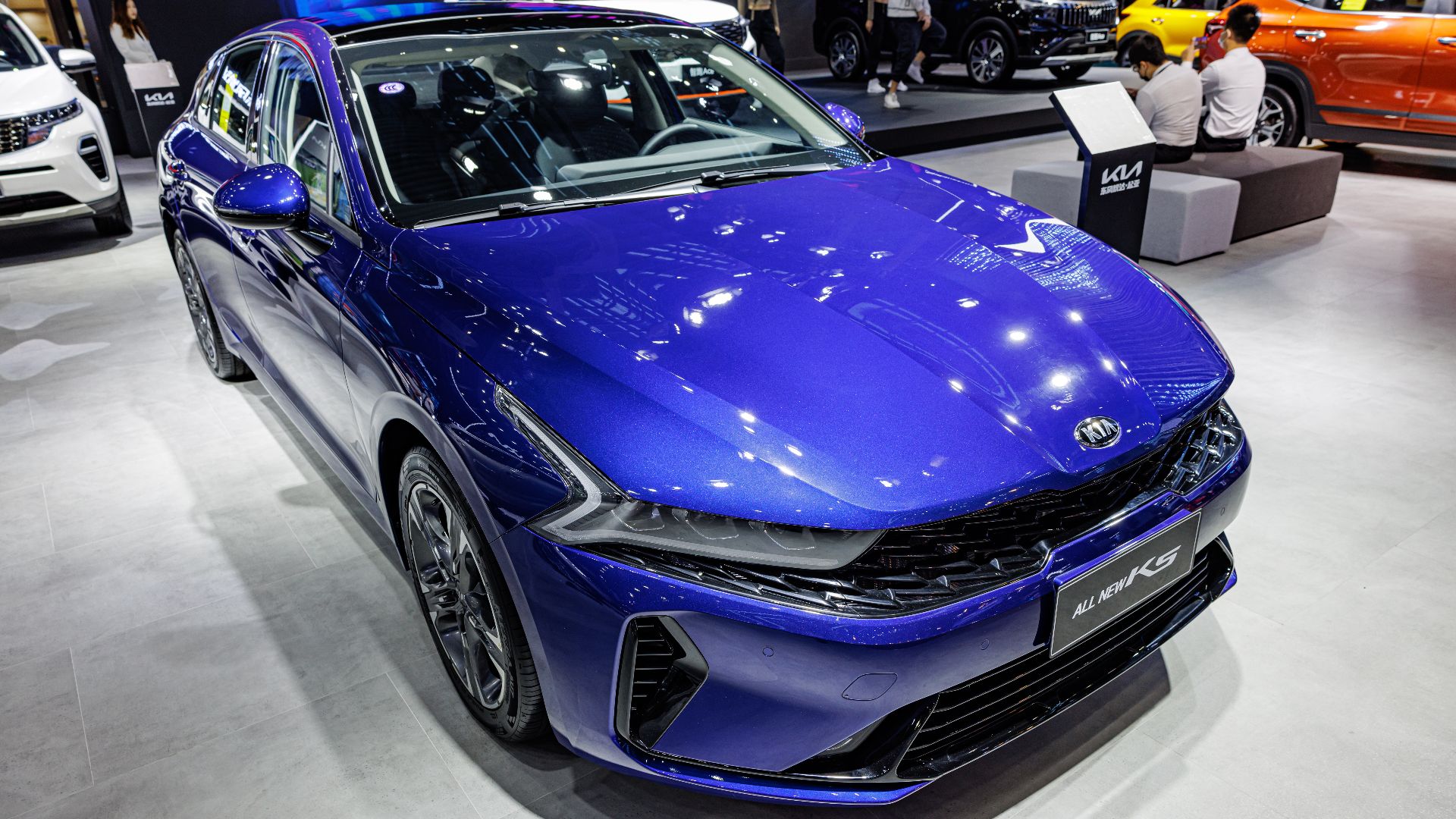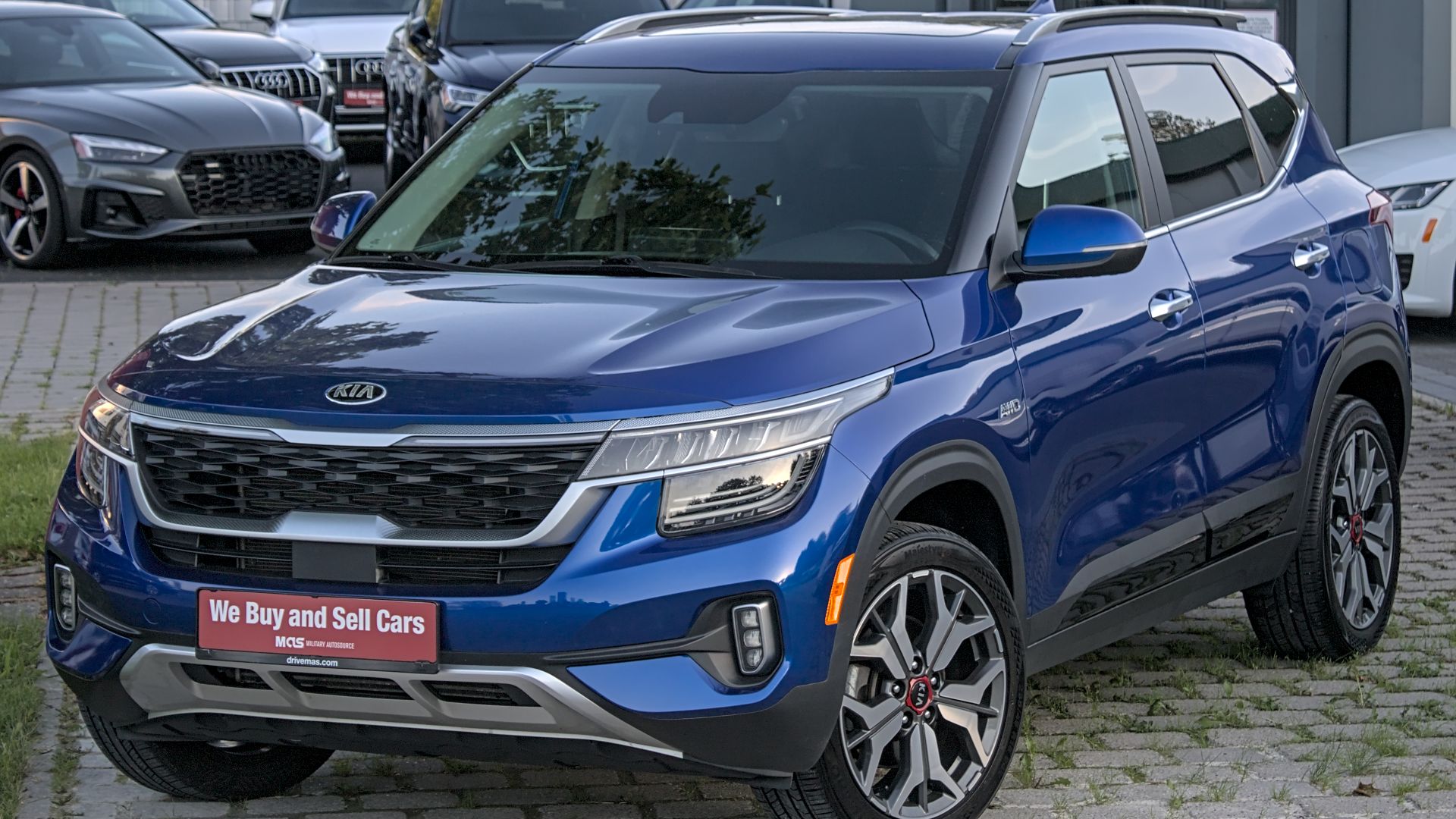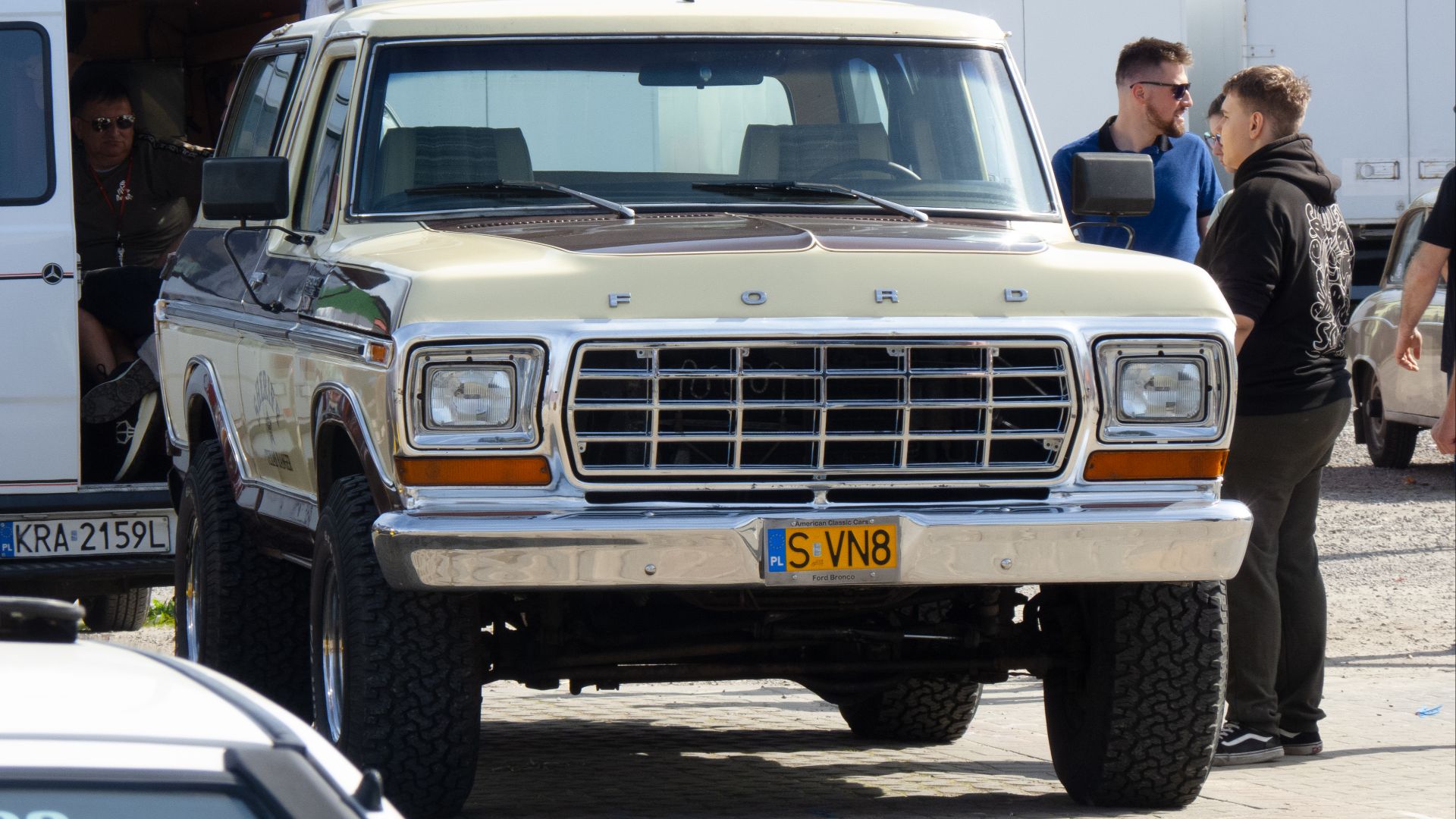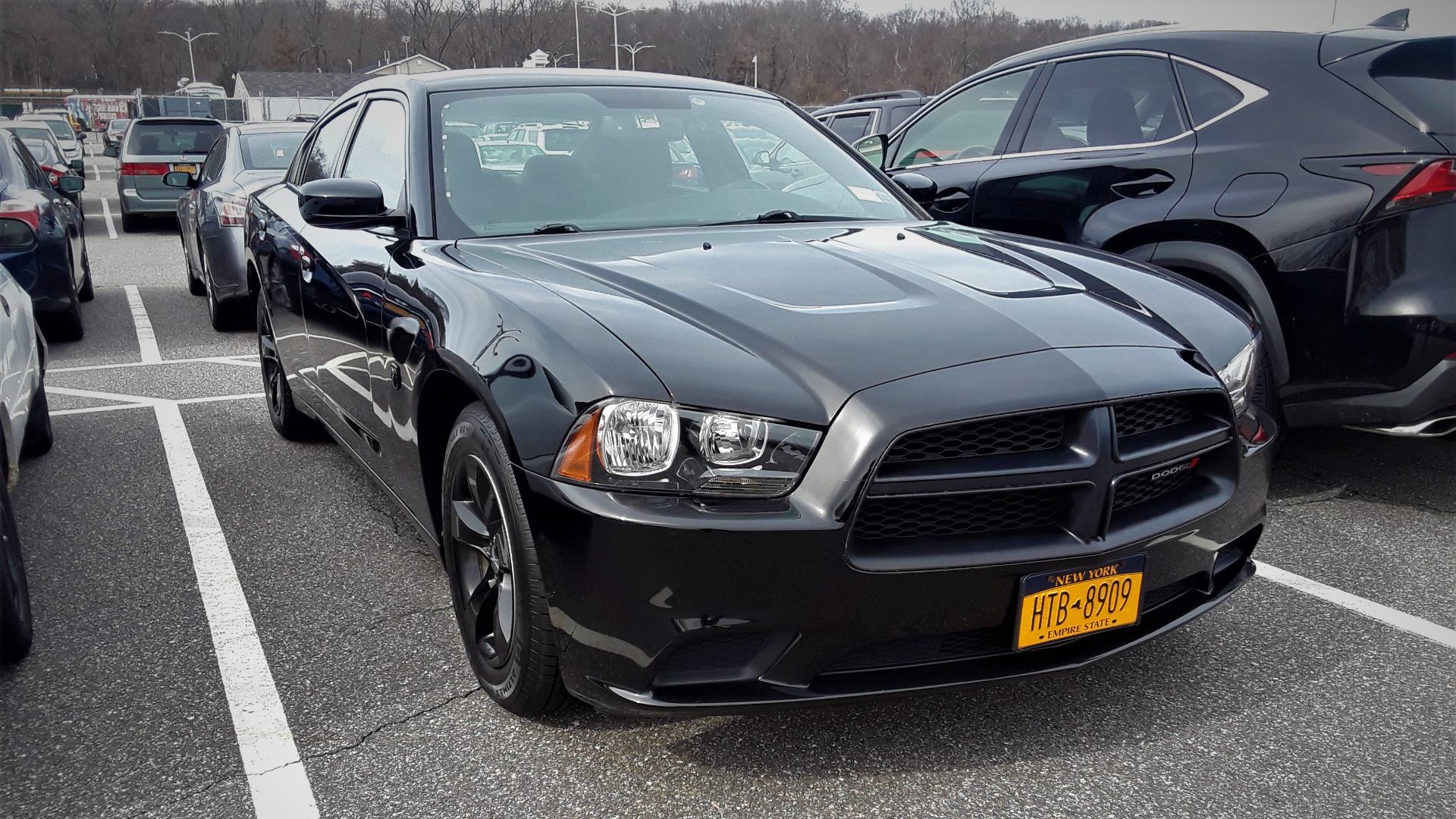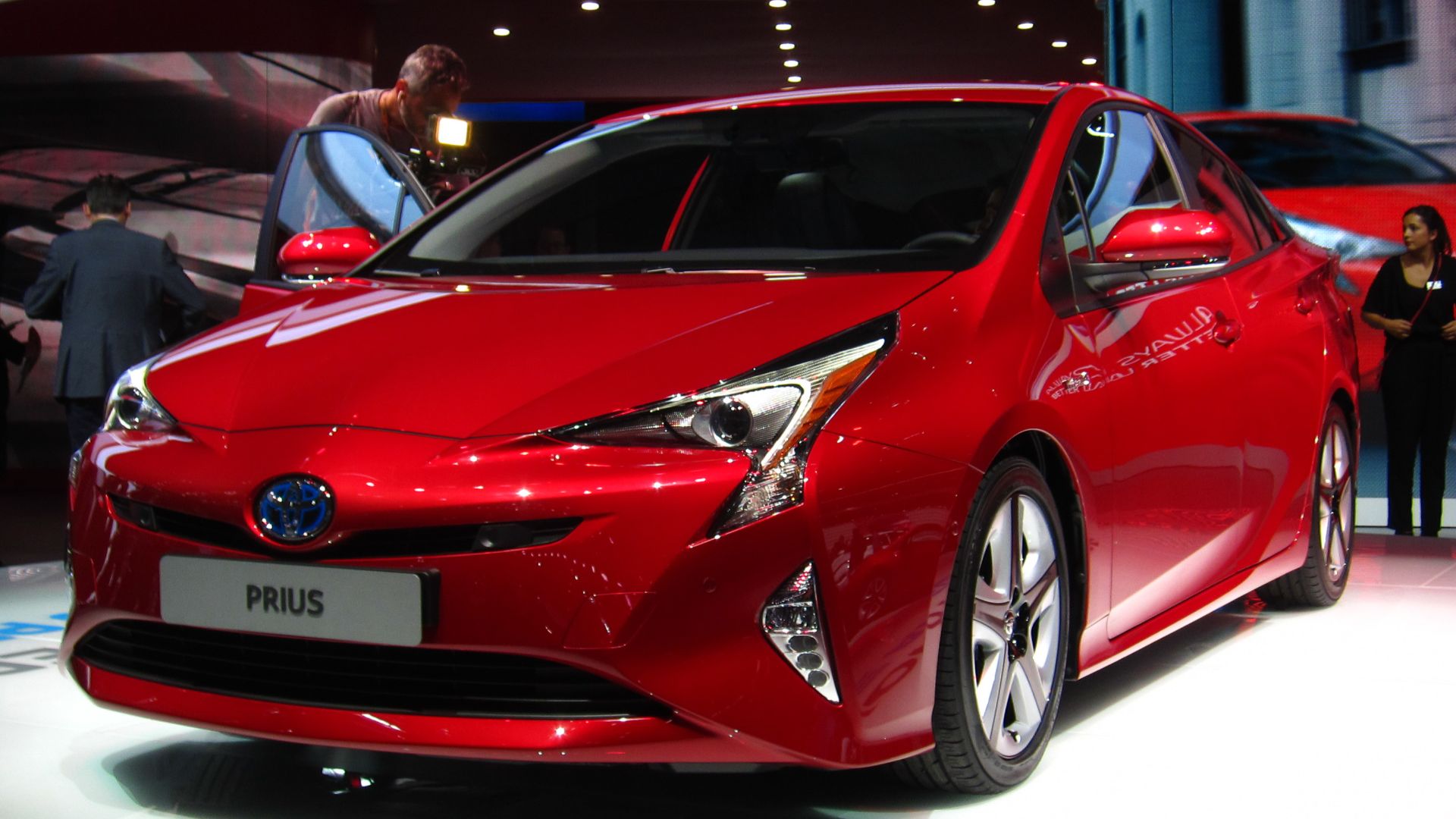Cars With Higher Accident Rates
You’ve seen them—the cars that always seem to be in fender benders or worse. It’s not just a coincidence. Some vehicles have qualities that make them more accident-prone. Using data from iSeeCars.com, we’re revealing today's most crash-prone cars on the road. These numbers show how many fatal accidents occur for every billion miles driven by certain vehicles. It might not seem like a lot in the grand scheme of things, but these figures are anywhere from 2.8 to 5 times higher than the overall average!
1. Hyundai Venue (13.9)
Compact and convenient, the Hyundai Venue is a city driver’s dream. However, its small size makes it more vulnerable to crashes, especially against larger vehicles. Its affordability attracts younger, inexperienced drivers, which may contribute to its high accident rate. A tiny titan, but fragile nonetheless.
2. Chevrolet Corvette (13.6)
Speed kills, and the Corvette is proof. With high horsepower and a design built for thrill-seekers, this American icon often falls victim to reckless handling. The temptation to push limits is real, and when things go wrong at high speeds, they go very wrong.
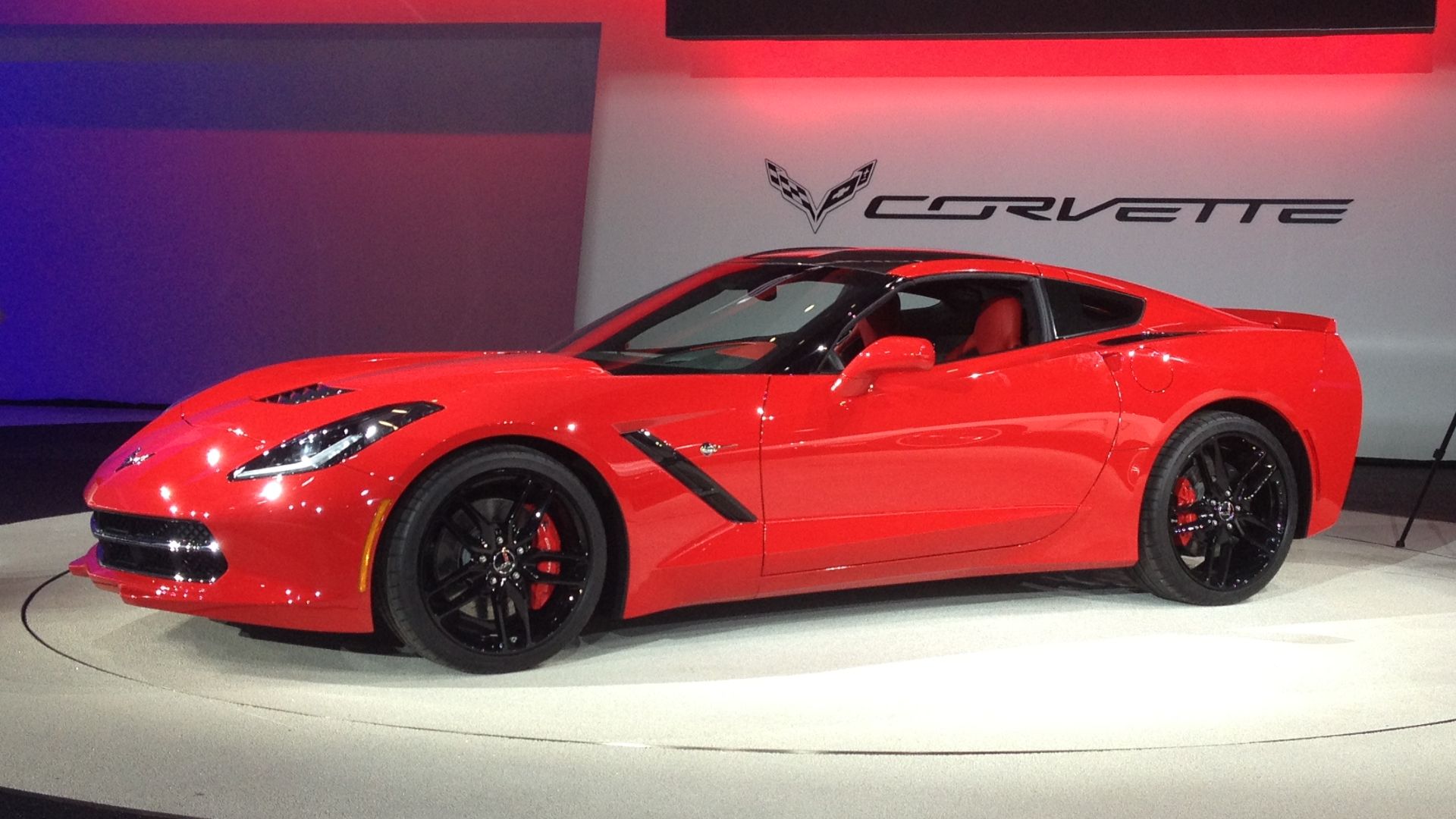 Sarah Larson from Ann Arbor, MI, USA on Wikimedia
Sarah Larson from Ann Arbor, MI, USA on Wikimedia
3. Mitsubishi Mirage (13.6)
Feather-light and fuel-efficient, the Mirage is easy on the wallet but less forgiving in collisions. Lacking the powerful safety features of larger cars, this subcompact struggles in high-impact crashes. Is it a budget-friendly ride? Sure, but safety isn’t its strongest suit.
4. Porsche 911 (13.2)
A legend in the sports car world, the 911 demands precision and skill. Its high-performance nature encourages aggressive driving, and mistakes can be costly. With immense power underfoot, a minor lapse in judgment can turn into a catastrophic event in seconds.
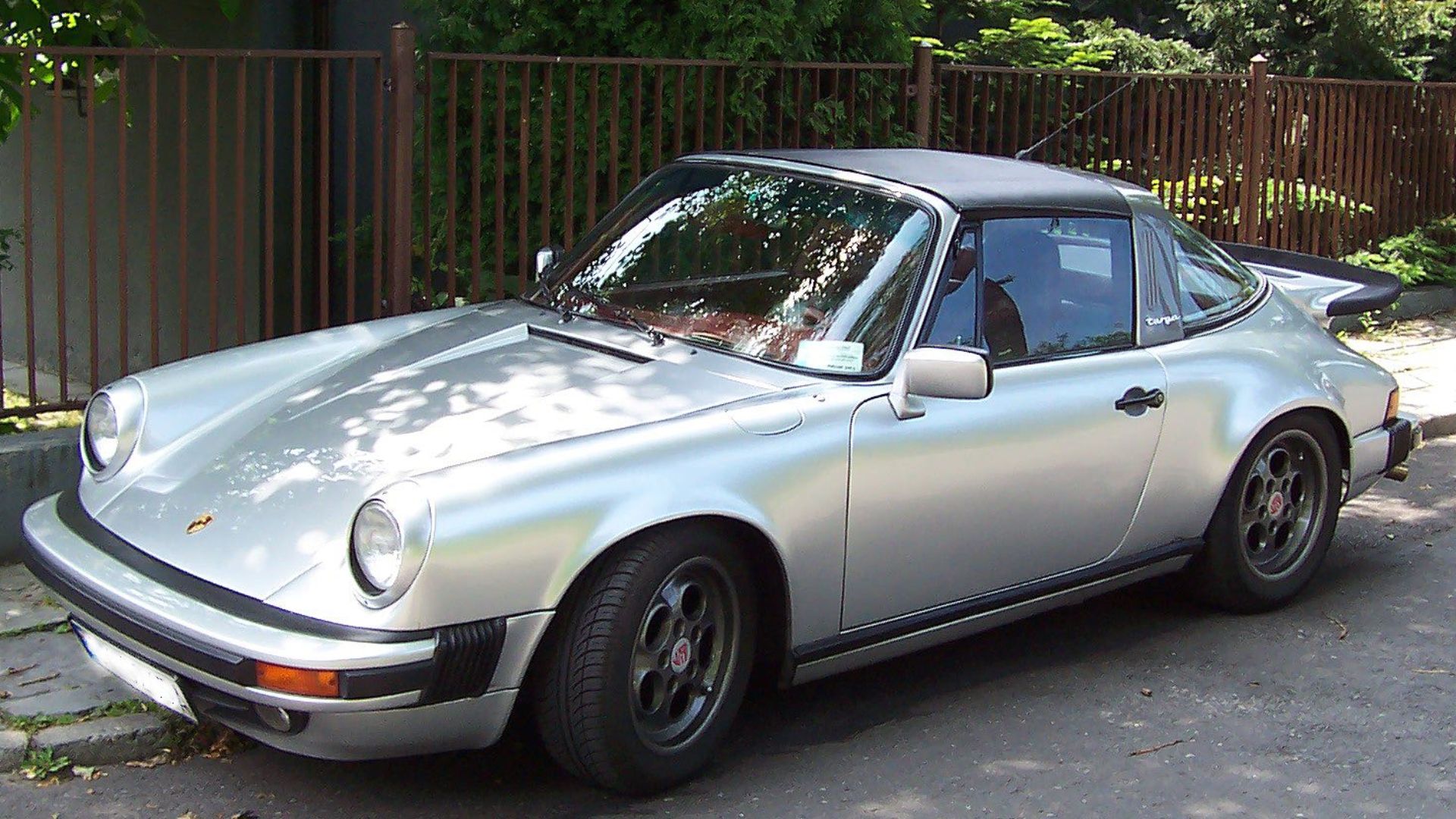 No machine-readable author provided. Krzysiu assumed (based on copyright claims). on Wikimedia
No machine-readable author provided. Krzysiu assumed (based on copyright claims). on Wikimedia
5. Honda CR-V Hybrid (13.2)
While the CR-V Hybrid is praised for its efficiency, its accident rate raises some red flags. The quiet, smooth acceleration could be leading drivers to unknowingly hit high speeds, or perhaps they're misjudging its handling. Either way, it’s a good reminder to stay cautious on the road.
6. Tesla Model Y (10.6)
Autopilot doesn’t mean invincible. The Model Y’s advanced technology creates a false sense of security, leading to driver over-reliance. Sudden braking failures and misinterpretation of obstacles have been reported. Even smart cars aren’t immune to human error or unexpected road conditions.
7. Mitsubishi Mirage G4 (10.1)
A sibling to the Mirage, the G4 shares its vulnerabilities. Lightweight and minimalistic in safety features, it struggles in crash tests. Small sedans are practical, but when impact force comes into play, bigger isn’t just better—it’s safer.
8. Buick Encore GX (9.8)
A subcompact SUV with style, but what about substance? Some argue it’s the driver demographics—older drivers and new motorists alike. Others point to its light build. Accident statistics reveal that it’s not just bad luck causing trouble, but something more.
9. Kia Forte (8.1)
Compact and stylish, the Forte is a favorite among budget-conscious drivers. But cheaper often means fewer safety features. With many young, less experienced drivers behind the wheel, this sedan finds itself in more fender benders than its more fortified rivals.
10. Buick Envision (8.0)
Designed for comfort, but what about control? The Envision’s accident rate raises eyebrows. Perhaps its responsive handling misleads drivers into overconfidence. Maybe its safety tech isn’t as effective in real-world chaos. Either way, this one deserves extra caution.
11. Kia Soul (7.3)
Quirky, boxy, and surprisingly popular, the Kia Soul is as fun as it is practical. However, its high center of gravity increases rollover risk. Its compact build also means less crash absorption, and this makes it more accident-prone than many expect.
 U.S. National Highway Traffic Safety Administration on Wikimedia
U.S. National Highway Traffic Safety Administration on Wikimedia
12. Toyota Corolla Hybrid (7.3)
The iconic Corolla, now with an electric twist. While fuel-efficient and eco-friendly, its lightweight frame doesn’t offer the best crash protection. Additionally, quiet hybrids can be less noticeable to pedestrians and cyclists, creating unexpected hazards on busy streets.
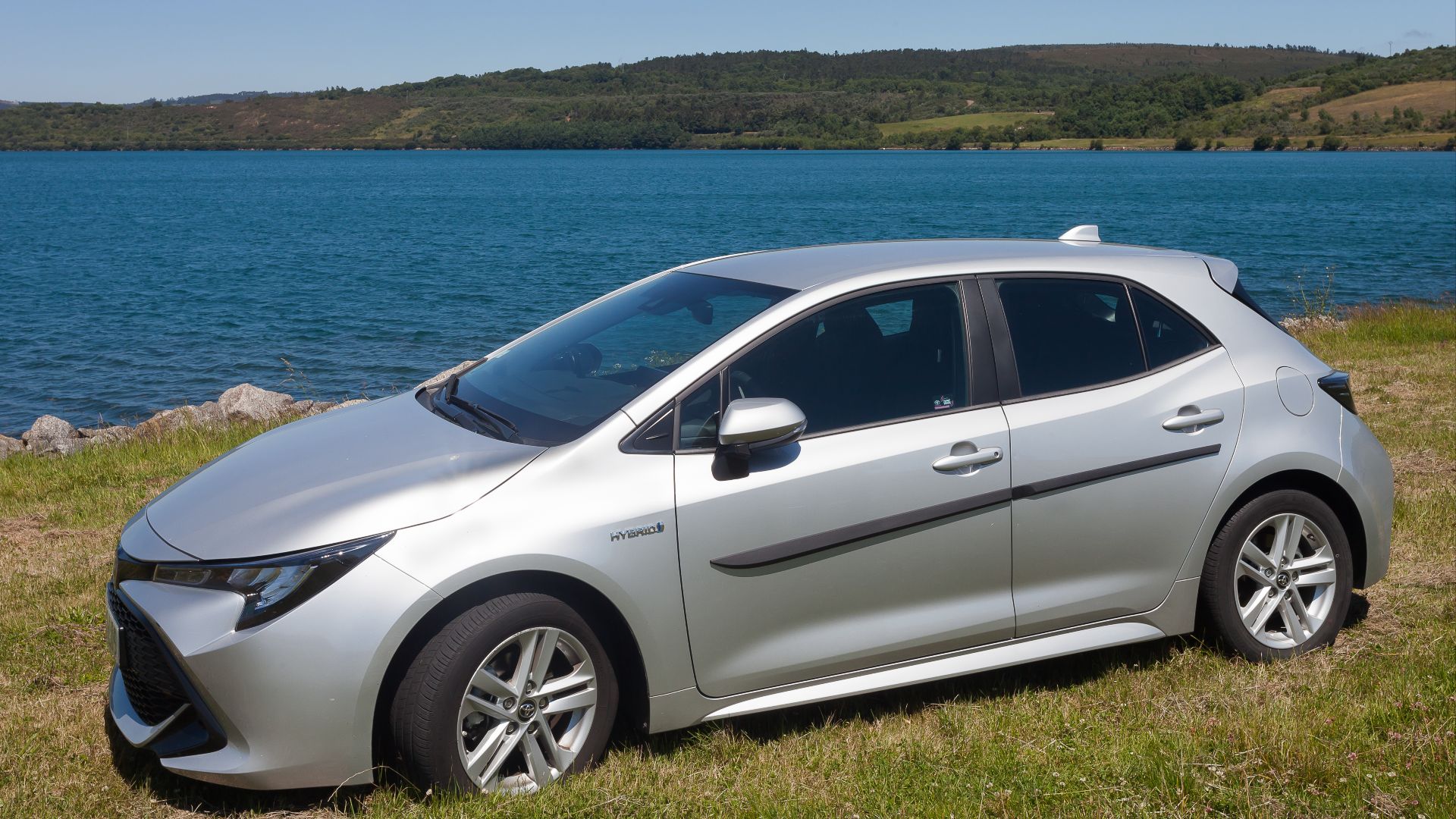 Lmbuga (Luis Miguel Bugallo Sánchez) on Wikimedia
Lmbuga (Luis Miguel Bugallo Sánchez) on Wikimedia
13. Chevrolet Camaro (7.3)
Muscle cars demand discipline. The Camaro’s raw power makes it exhilarating yet dangerous in the wrong hands. Many drivers underestimate its force, leading to oversteering and high-speed crashes. Power is a thrill, but without control, it’s a liability.
14. Nissan Versa (7.2)
Affordable but fragile. The Versa’s lightweight design and minimalistic safety features leave it exposed to major collisions. Popular among first-time car owners, it often finds itself in avoidable accidents due to driver inexperience and overconfidence.
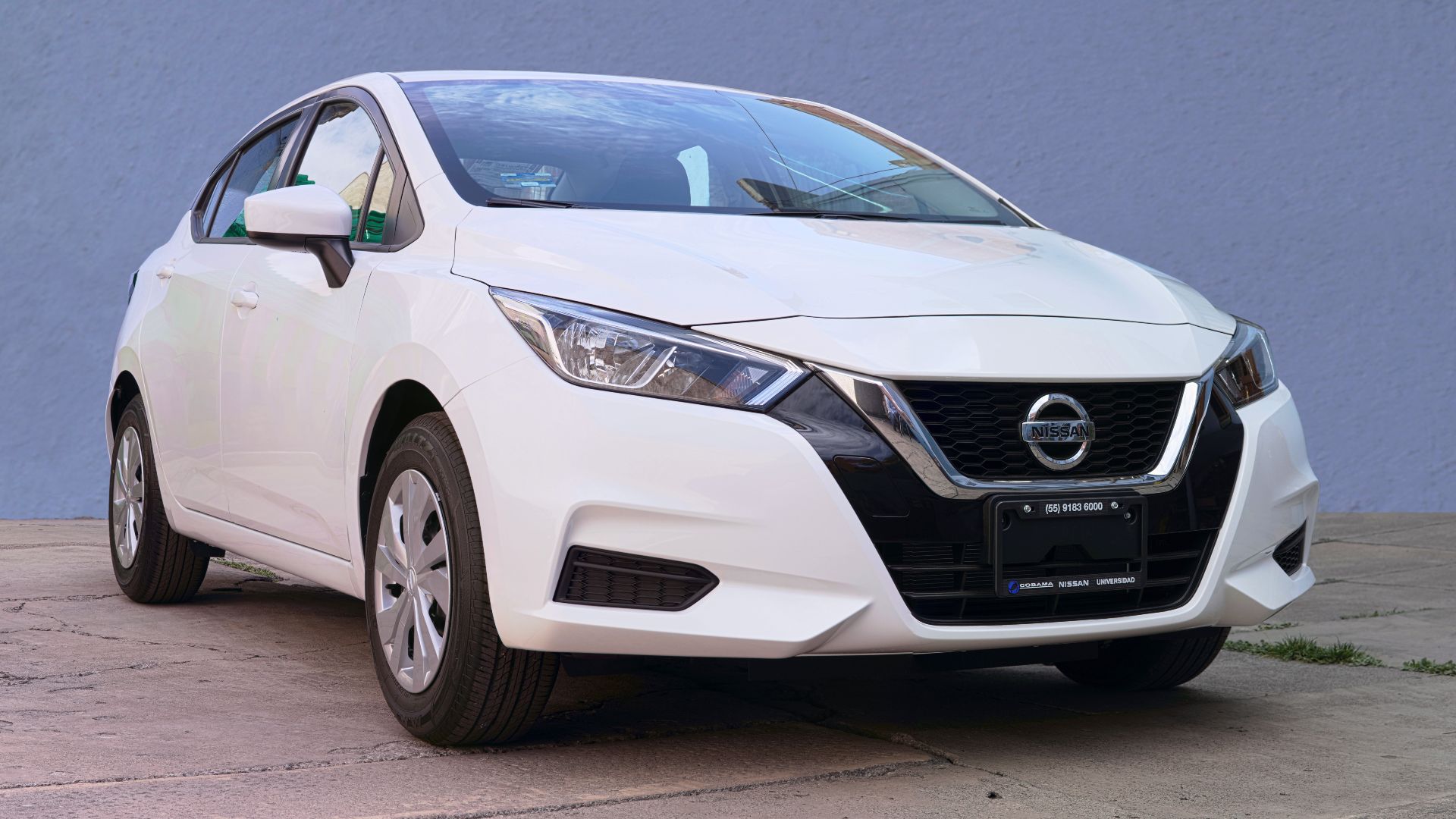 Carlos Valenzuela on Wikimedia
Carlos Valenzuela on Wikimedia
15. Kia K5 (7.1)
A sleek midsize sedan, the K5 boasts modern features, but that doesn’t shield it from trouble. Aggressive styling may encourage aggressive driving, and its accident rate suggests that something about this car tempts drivers to take unnecessary risks.
16. Kia Seltos (6.8)
This subcompact SUV looks tough, but its accident stats tell another story. Perhaps its nimble size encourages overzealous maneuvers. Or maybe its safety features don’t hold up in real-world crashes. Either way, it’s worth handling with care.
17. Ford Bronco (6.6)
Built for the off-road, but are drivers prepared? The Bronco’s rugged build can handle dirt trails, but its height makes it susceptible to rollovers. Overconfidence in its abilities leads to risky moves, making it one of the more accident-prone off-roaders on the list.
18. Ford Bronco Sport (6.2)
It is smaller than the standard Bronco, yet it shares the same issue: rollovers. This SUV is built for adventure, but that doesn’t mean it’s crash-proof. Drivers need to respect its higher center of gravity, or they might just end up upside down.
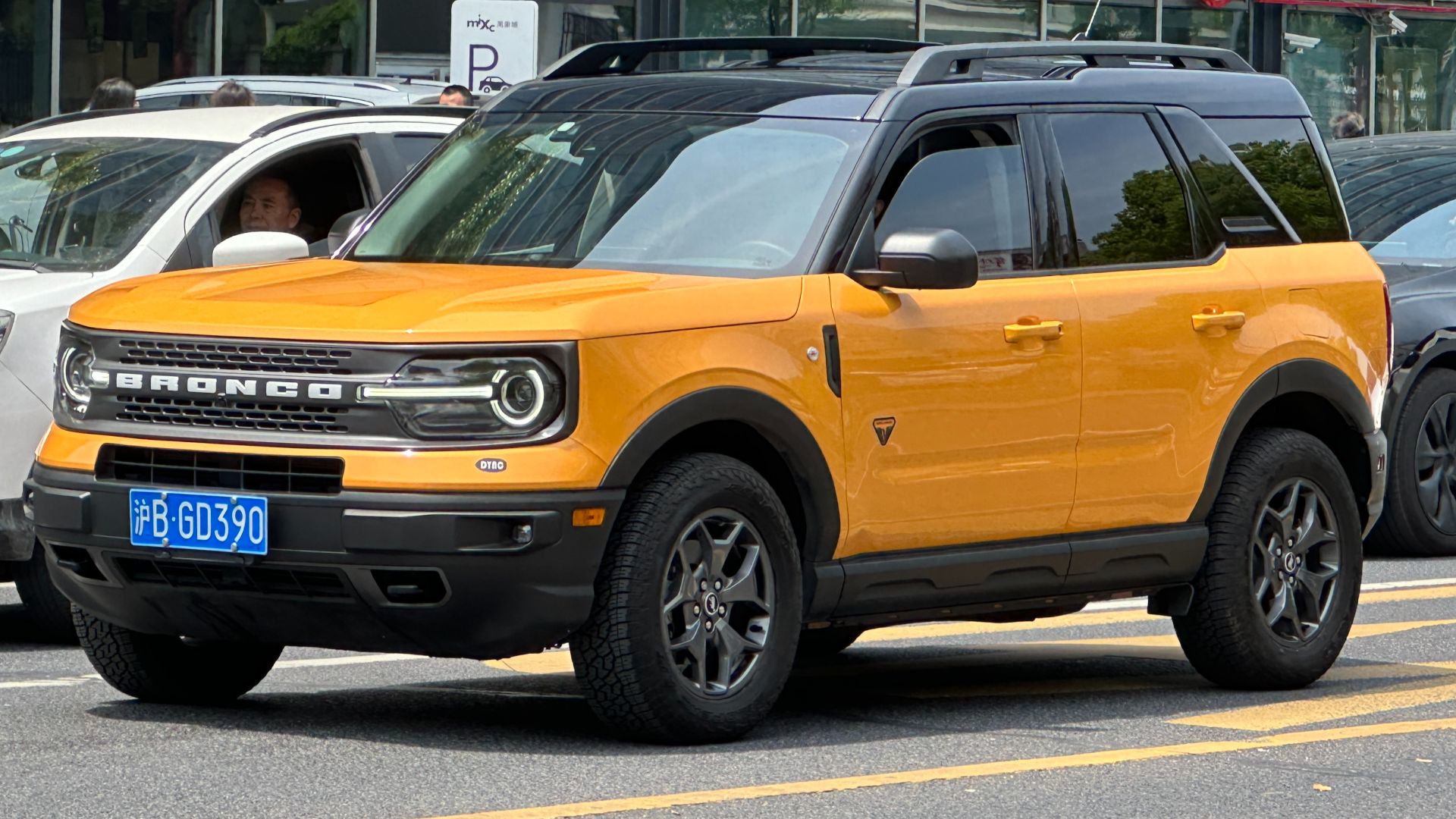 JustAnotherCarDesigner on Wikimedia
JustAnotherCarDesigner on Wikimedia
19. Dodge Charger (6.1)
Fast, furious, and frequently in accidents. The Charger is the muscle car of choice for many speed demons. While its aggressive design is thrilling, many underestimate just how much power they’re handling—until they lose control, that is.
20. Toyota Prius (5.9)
Eco-friendly? Yes, but the downside is that it’s accident-heavy. The Prius’ accident rate raises eyebrows. Could it be the slower acceleration leading to misjudged merges? Or is the hybrid’s silent nature making it harder to detect? Whatever the cause, this green machine has its fair share of trouble.


